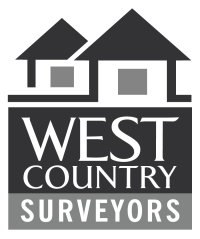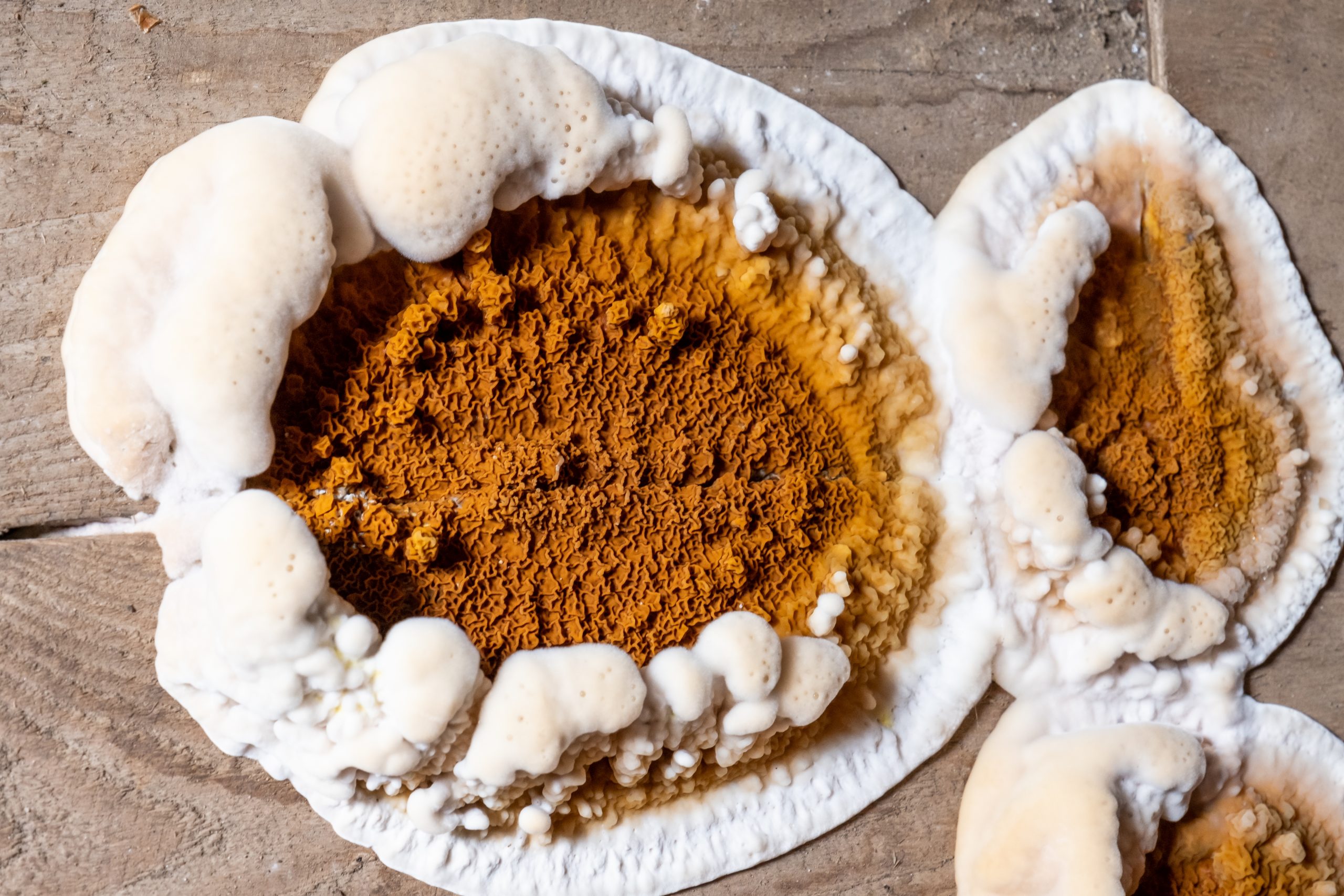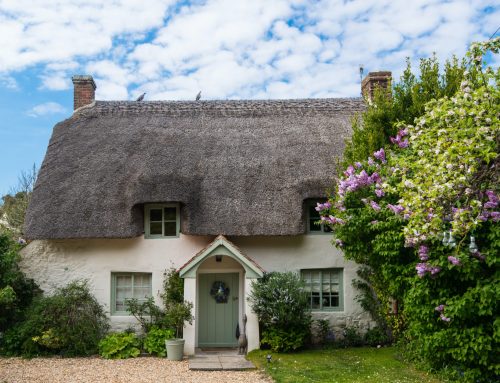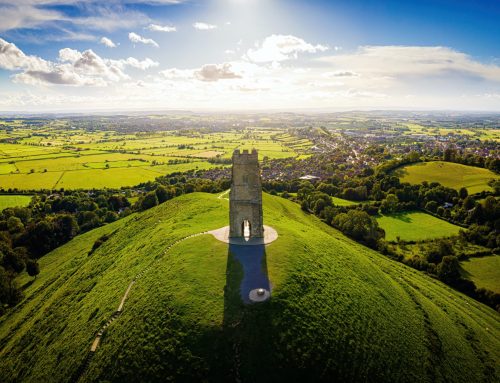Today, we’re diving deep into the mysterious world of rot – specifically, the dreaded foes known as wet rot and dry rot. If you’re gearing up for a pre-purchase survey and want to be armed with knowledge to protect your potential investment, you’re in the right place. So grab your magnifying glass and let’s uncover the truth about these sneaky saboteurs.
The Basics: Wet Rot vs. Dry Rot
First things first, let’s get our definitions straight. Wet rot and dry rot are both types of fungal decay that can wreak havoc on the structural integrity of a building. But while they may sound similar, there are some key differences:
Wet Rot: The Damp Delinquent Picture this: you’re strolling through your potential dream home when suddenly, you notice some suspiciously soggy timber. That, my friends, is the handiwork of wet rot. This fungal menace thrives in moist conditions, feasting on damp timber like it’s an all-you-can-eat buffet. While wet rot may not be as aggressive as its dry rot counterpart, it can still cause significant damage if left unchecked.
Dry Rot: The Dreaded Destroyer Now, imagine you’re exploring the darkest depths of your new abode when you stumble upon a sinister sight – crumbling timber, accompanied by a foul, musty odor. Congratulations, you’ve just encountered dry rot. Unlike its wet counterpart, dry rot doesn’t need much moisture to thrive. In fact, it can survive on humidity alone, making it a formidable foe indeed. Left untreated, dry rot can spread like wildfire, devouring everything in its path with ruthless efficiency.
The Impact on Residential Dwellings
Now that we’ve met our adversaries, let’s talk about the stakes. How exactly can wet and dry rot affect your residential dwelling? Well, buckle up, because the consequences can be dire:
Structural Damage: Left unchecked, both wet and dry rot can compromise the structural integrity of a building, leading to costly repairs and safety hazards.
Health Risks: In addition to wreaking havoc on your property, fungal decay can also pose health risks to occupants, particularly those with respiratory issues or weakened immune systems.
Aesthetic Decline: From unsightly stains to crumbling timbers, the visual impact of rot can detract from the overall appeal and value of a property.
The Bottom Line: Protect Your Investment
So, what’s the moral of the story? When it comes to purchasing a property, knowledge is power. By arming yourself with an understanding of wet and dry rot, you can better assess the condition of a potential investment and make informed decisions about necessary repairs and maintenance.
But fear not, you don’t have to face this challenge alone. Here at West Country Surveyors, we specialise in pre-purchase surveys that uncover threats lurking within a property, including the dreaded wet and dry rot. So before you sign on the dotted line, let us be your trusted guides on this epic quest for homeownership. Together, we’ll vanquish the beasts of rot and emerge victorious in our quest for the perfect property.
Conclusion: And there you have it, folks – a crash course in wet rot vs. dry rot, served with a side of adventure and intrigue. We hope this blog post has shed some light on these elusive enemies and how they can impact a residential dwelling. Remember, when it comes to property surveys, knowledge is your greatest weapon. So don’t hesitate to reach out to us at West Country Surveyors for expert guidance and peace of mind on your property journey. Happy hunting!








Leave A Comment